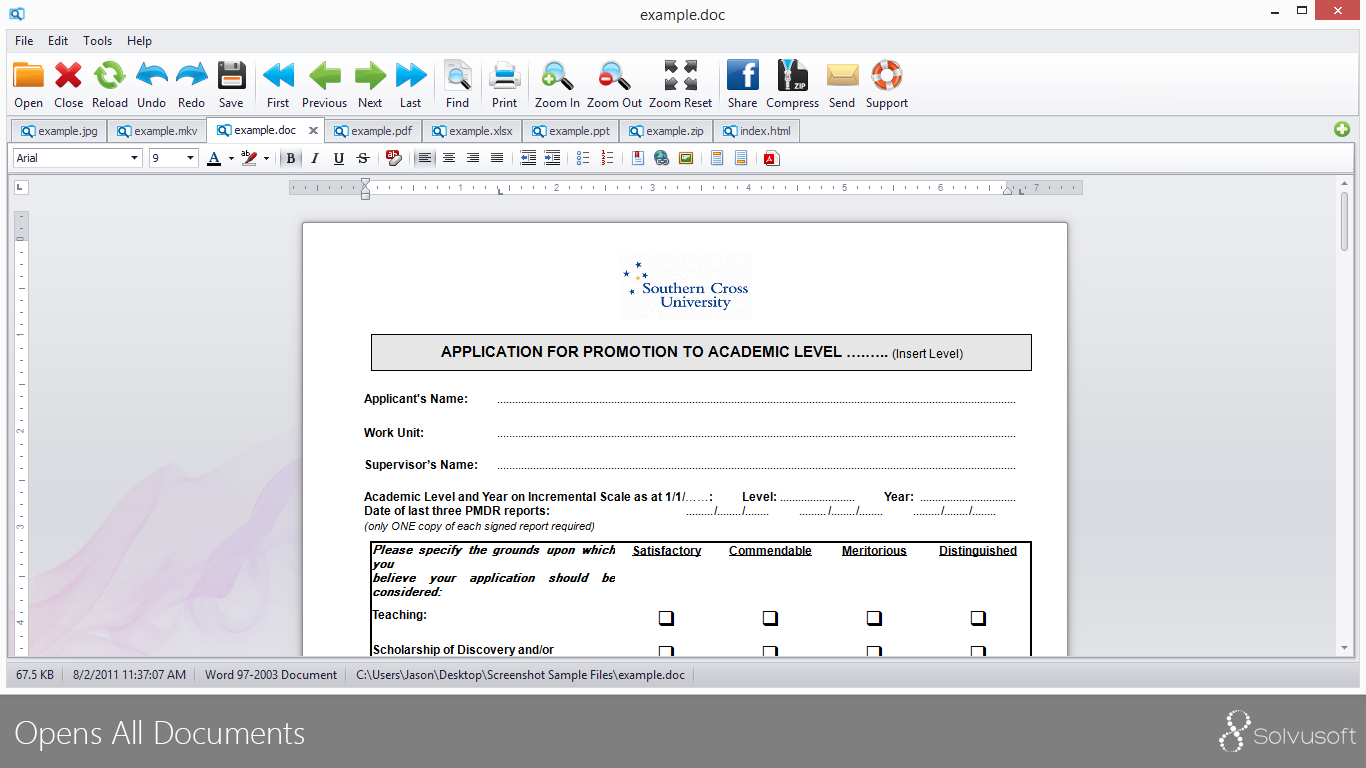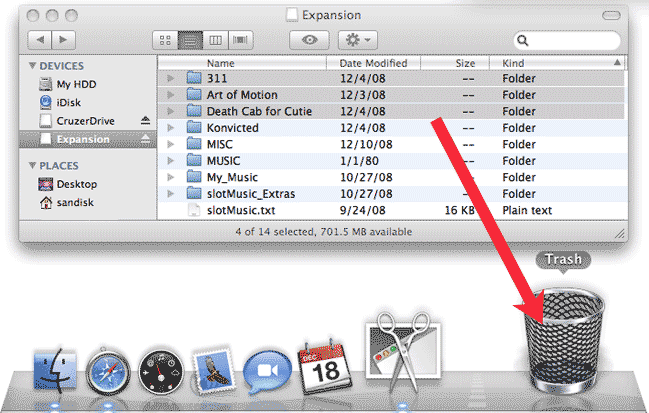

On Mac, you're not limited to deleting one file at a time - that would be unnecessarily tedious.
#DELETE OPEN ANY FILE MAC#
Called Space Lens, it starts by ranking the most top-level folders by size and then lets you dive into each one, graphically exploring what's taking up space on your Mac and what can be deleted at the folder level. Removing them is then available to you in one click. The first option is called Large & Old Files and scans your hard drive for not only heavy files but also files you haven't used in a long time and likely don't need. Unlike Apple's solution, they give you even more clarity on what kind of files you should and shouldn't delete.
#DELETE OPEN ANY FILE PROFESSIONAL#
The most reliable way to force delete a file, however, is to use a professional file shredder, which completely destroys your files and ensures they could never be recovered. The shortcut for this action is Option + ⌘ + Delete.
#DELETE OPEN ANY FILE HOW TO#
To learn how to permanently delete files, find your item, hold the Option key, click Finder in the menu bar and select Delete Immediately.

In some situations, you might want to ensure your files are permanently deleted and thus skip moving files to the Trash to avoid forgetting them there. How to delete Mac files without the Trash Bin If you change your mind with regards to any file in the Trash, you can restore it either by dragging it out of the Trash or right-clicking on it and selecting Put Back.

Note: Files deleted from the iCloud Drive folder would be automatically emptied from the Trash after 30 days by default. You can get rid of this notification by going to Finder ➙ Preferences and unchecking "Show warning before emptying the Trash." In the same menu, you can also enable automatic Trash cleaning by checking "Remove items from the Trash after 30 days." Note: Even when you're deleting files forever, it's good to keep a Time Machine backup on an external drive somewhere, just in case.īy default, you need to confirm that you want to empty the Trash. If you need to delete a specific file from the Trash, you can right-click on it and select Delete Immediately… and then Delete. To securely empty Trash, you can either right-click on the Trash icon and pick Empty Trash, or open the Trash and click Empty. They are just moved to the Trash, where they'll stay until you empty it. The fastest way to delete files is to use the ⌘ + Delete shortcutĪfter you delete files on Mac, they are not completely gone.You can also right-click on any file and select Move to Trash from the menu.The most basic way to delete a file on Mac is to click on it with your cursor and then drag-and-drop onto the Trash icon in your Dock.Surprisingly, there are quite a few ways to delete files on Mac, and it's good to know them all, so you can pick the one most convenient for you: The most common ways to delete files on Mac So let's list a few ways to delete documents, files, and folders as well as what to do when you can't delete files for some reason.


 0 kommentar(er)
0 kommentar(er)
